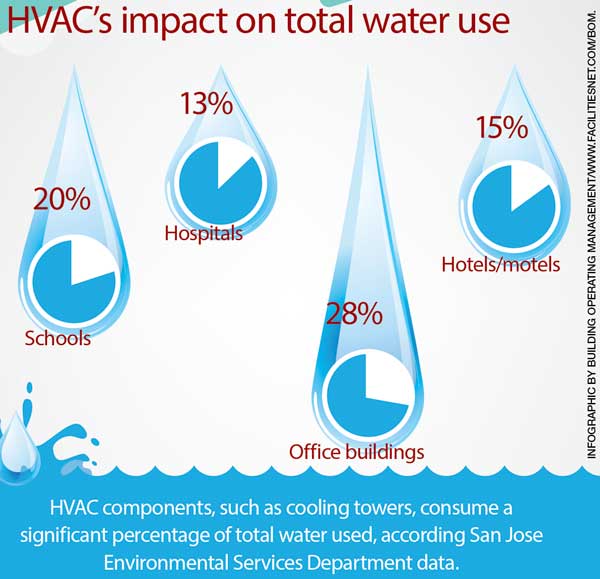The Ultimate Overview To Understanding Heat Pumps - Just How Do They Function?
The Ultimate Overview To Understanding Heat Pumps - Just How Do They Function?
Blog Article
Short Article Composed By-Roy Singer
The very best heat pumps can conserve you considerable amounts of cash on energy costs. They can additionally help reduce greenhouse gas exhausts, specifically if you use power instead of nonrenewable fuel sources like propane and home heating oil or electric-resistance heaters.
Heatpump work significantly the like air conditioners do. This makes them a practical alternative to standard electrical home furnace.
Just how They Work
Heat pumps cool down homes in the summer season and, with a little aid from power or gas, they supply a few of your home's heating in the wintertime. They're an excellent option for individuals that want to minimize their use fossil fuels but aren't all set to replace their existing heating system and cooling system.
They depend on the physical fact that even in air that seems also cold, there's still power present: warm air is always relocating, and it wants to relocate into cooler, lower-pressure settings like your home.
A lot of ENERGY celebrity accredited heat pumps run at near to their heating or cooling capacity throughout the majority of the year, minimizing on/off cycling and conserving energy. For the very best efficiency, concentrate on systems with a high SEER and HSPF ranking.
The Compressor
The heart of the heat pump is the compressor, which is also known as an air compressor. This mechanical moving device makes use of possible power from power creation to enhance the stress of a gas by reducing its quantity. It is various from a pump because it just works on gases and can not collaborate with fluids, as pumps do.
Atmospheric air gets in the compressor with an inlet shutoff. It circumnavigates vane-mounted arms with self-adjusting size that split the inside of the compressor, producing multiple cavities of differing dimension. The rotor's spin forces these cavities to move in and out of stage with each other, compressing the air.
The compressor reels in the low-temperature, high-pressure refrigerant vapor from the evaporator and presses it into the warm, pressurized state of a gas. This process is duplicated as required to supply heating or cooling as required. The compressor also contains a desuperheater coil that reuses the waste warm and adds superheat to the refrigerant, changing it from its liquid to vapor state.
The Evaporator
The evaporator in heatpump does the exact same thing as it carries out in fridges and air conditioners, altering fluid refrigerant into a gaseous vapor that removes warmth from the room. Heatpump systems would certainly not function without this crucial piece of equipment.
This part of the system is located inside your home or structure in an indoor air handler, which can be either a ducted or ductless unit. just click the following website has an evaporator coil and the compressor that compresses the low-pressure vapor from the evaporator to high pressure gas.
Heat pumps soak up ambient warmth from the air, and then use electrical power to transfer that warmth to a home or business in heating mode. That makes them a lot more energy efficient than electrical heating systems or heating systems, and due to the fact that they're utilizing tidy electricity from the grid (and not burning fuel), they also create far less emissions. That's why heat pumps are such fantastic environmental options. (Not to mention a big reason they're ending up being so preferred.).
https://www.theguardian.com/education/2021/may/27/repair-bill-for-schools-in-england-doubles-to-over-11bn-finds-survey .
Heatpump are excellent alternatives for homes in chilly environments, and you can utilize them in mix with traditional duct-based systems or perhaps go ductless. They're a terrific different to fossil fuel furnace or traditional electric furnaces, and they're much more lasting than oil, gas or nuclear HVAC equipment.
Your thermostat is one of the most crucial component of your heat pump system, and it works really in different ways than a standard thermostat. All mechanical thermostats (all non-electronic ones) job by using compounds that transform size with raising temperature level, like coiled bimetallic strips or the expanding wax in an auto radiator shutoff.
These strips include 2 various types of steel, and they're bolted with each other to form a bridge that completes an electrical circuit connected to your HVAC system. As the strip gets warmer, one side of the bridge broadens faster than the other, which triggers it to flex and indicate that the heating system is needed. When the heatpump remains in home heating setting, the reversing valve reverses the circulation of refrigerant, to make sure that the outdoors coil currently operates as an evaporator and the interior cyndrical tube ends up being a condenser.